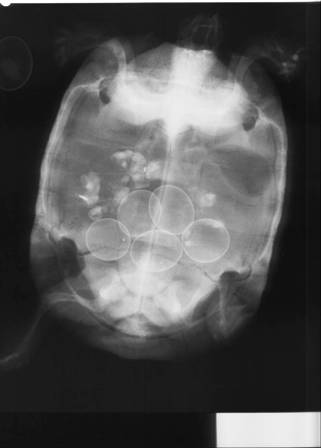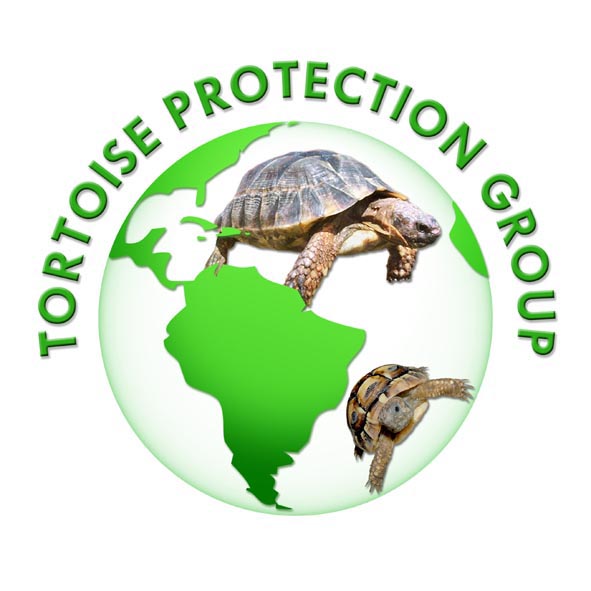The Gravid Tortoise
For anyone hoping to successfully breed tortoises, it is important to be able to tell if your female tortoise is gravid. However, it is also important for any owner who has a female tortoise to be aware of indications that the tortoise is gravid, as egg production can have serious health implications.
Because of the rigid construction of the shell, tortoises -- unlike other animals -- show no outward physical signs of being pregnant, and diagnosis can only be made by careful observation of changes on behaviour or by a vet using X-rays.

It is therefore very important to know your tortoise, and know what constitutes ‘normal’ behaviour, so that you are alerted to any changes.
As mentioned in an earlier article, sexual maturity is dependent on size rather than age. In the wild this would not occur until the tortoise is 15 – 20 years old, but due to increased availability and nutritional quality of food, accelerated growth can mean that this may occur in tortoises as young as 4 – 6 years old, although the TPG does not recommend that breeding is attempted in tortoises of this age due to possible complications.
In the wild, most egg laying activity would take place in spring or early summer, to allow the hatchlings to grow a little before their first hibernation. There is, however, no set breeding season for the majority of tortoises, and egg production can take place at any time of year.
Female tortoises have two ovaries in the coelimic cavity – eggs are released by the ovaries and travel down the paired oviducts. The tortoise has the ability to store sperm in the oviducts, and fertile eggs can be produced up to three years after a single successful mating. Sperm storage means that only an occasional mating is required to maintain the population in the wild, and there is also evidence that this results in mixed paternity within single clutches, reducing the chances of inbreeding in small populations.
Fertilisation can be as a direct result of a recent mating, or internal fertilisation by stored sperm which is triggered by factors such as temperature or increased availability of food. The eggs are fertilised in the oviducts, where the yolk and shell are also produced.
As well as having the ability to store sperm, female tortoises will also sometimes produce eggs even if they have never been with a male. Despite the fact that your tortoise is a lone female, it is still important that you recognise the signs if she is carrying eggs.
Click here for detailed information on the Gravid Tortoise
All Rights Reserved
Copyright © 2009 Tortoise Protection Group





